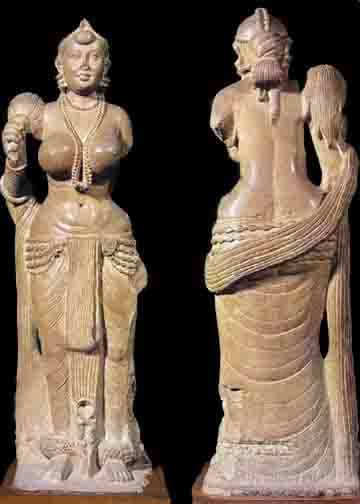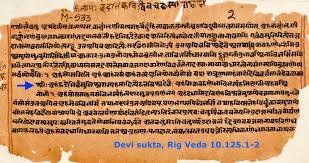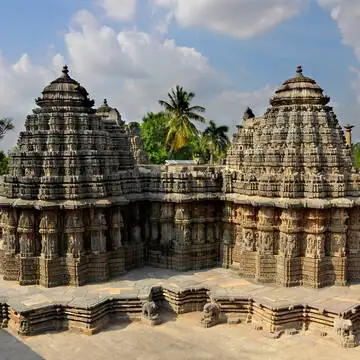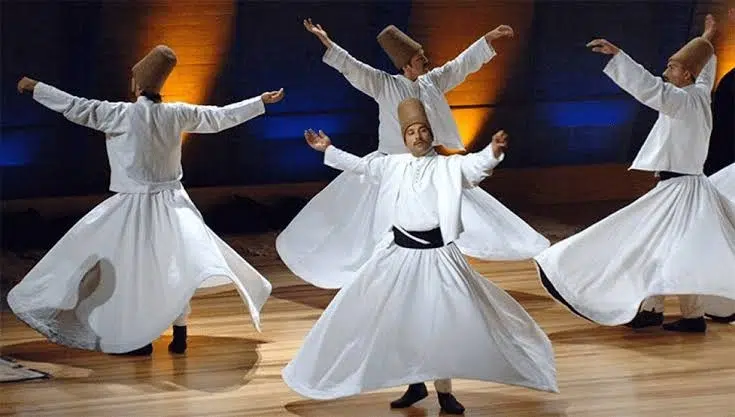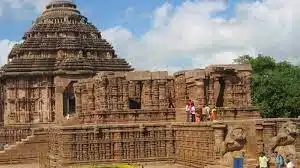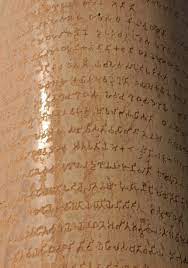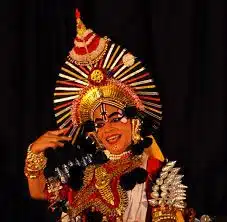The Crux of Rigveda: An Exploration of Ancient Wisdom
The Rigveda, one of the oldest sacred texts in human history, holds a pivotal place in the cultural and spiritual heritage of India. Composed in Sanskrit between 1500 and 1200 BCE, this ancient scripture forms the foundational text of Vedic literature and offers profound insights into the early Indo-European civilization. As a collection of hymns dedicated to various deities, the Rigveda reflects the cosmology, philosophy, and socio-political structure of its time. In this blog post, we will delve into the crux of the Rigveda, exploring its themes, structure, cultural context, and enduring impact on modern thought.
Understanding the Structure of the Rigveda
The Rigveda consists of 1,028 hymns, divided into ten books known as Mandalas. Each hymn (Sukta) varies in length and serves a distinct purpose, often addressing specific deities or natural phenomena. The hymns are written in a meter that showcases the remarkable poetic tradition of Vedic culture, intertwining rhythm, and sound in a manner that transcends mere verbal communication.
The first and foremost Mandala, known as the “Mandalas of the Gods” (Mandalas 1-4), predominantly features hymns that celebrate the Vedic pantheon, including deities like Agni (the fire god), Indra (the thunder god), and Varuna (the god of cosmic order). The subsequent Mandalas expand upon these themes, discussing philosophical ideas and social norms.
One must appreciate the meticulous arrangement of hymns within each Mandala, where thematic progression lends a deeper layer of meaning to the overall text. The last Mandala, unlike the others, is partially devoted to philosophical speculations, reflecting the emergence of deeper metaphysical inquiries among the later Vedic thinkers. This intricate structure suggests a well-planned approach to knowledge dissemination, which is characteristic of high intellectual tradition.
Thematic Core: Harmony of Universe and Man
At the crux of the Rigveda lies the concept of Rta, often translated as “cosmic order” or “truth.” Rta emphasizes the interconnectedness of the universe, illustrating how various natural and divine forces harmonize to maintain balance and order. This principle resonates throughout the Vedic hymns, underscoring the belief that human beings, too, have a role in preserving this cosmic equilibrium through rituals, ethical conduct, and adherence to dharma (righteousness).
In exploring Rta, the Rigveda introduces the idea of Sacrifice (Yajna) as a fundamental act that fosters resilience and continuity within the cosmos. The hymns often depict rituals as offerings to gods, representing a reciprocal relationship between man and the divine. The recurring assertion that “through sacrifice, the universe comes into being” reflects a profound understanding of existential dynamics, echoing themes found in other ancient traditions around the world.
Morphology of Deities: Approaching the Divine
The Rigveda presents a fascinating depiction of deities, portraying them not merely as distant gods but as personifications of natural elements imbued with human-like qualities. This anthropomorphism makes it easier for the Vedic people to relate to celestial forces, thereby creating a narrative through which they could understand the complexities of life.
Key deities such as Agni, who represents fire, embody the transformative powers that sustain life and facilitate progress in various realms. Indra is often portrayed as a warrior figure, conquering chaos and asserting order through strength. Other deities, like Ushas (the dawn), symbolize renewal and hope, adding layers of meaning to the representation of natural cycles.
The way the Rigveda engenders reverence towards these deities reflects an understanding of the interdependence between humanity and nature, paving the way for later philosophical discussions around the intrinsic connection between the material and the spiritual realms.
Philosophical Depth: Seeds of Metaphysical Inquiry
As the Rigveda progresses, it inadvertently plants the seeds of philosophical thought that will later burgeon into the Upanishadic texts. The philosophical depth of the Rigveda is evident in hymns that question the nature of reality, existence, and the self. For instance, one of the most famous hymns posits, “Who truly knows, and who can describe it? From where does it come and where does it go?” This introspective inquiry reflects a profound engagement with the mysteries of existence.
Such philosophical musings heralded the rise of metaphysics within Indian thought. The Rigvedic sages laid the groundwork for exploring concepts such as Brahman (the ultimate reality) and Atman (the individual self), which dominated subsequent Upanishadic philosophy. The pursuit of knowledge beyond the sensory experience, an essential trait of Vedic thought, speaks to the discernment of the ancients in unraveling the interactions between the known and the unknown.
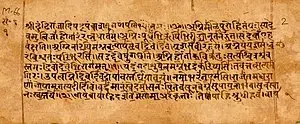
Cultural and Historical Context: A Mirror of Society
To fully grasp the essence of the Rigveda, it is essential to consider the cultural and historical context in which it was composed. Emerging from the complex tapestry of the ancient Indo-Aryan culture, the Rigveda mirrors the lifestyle, ethics, and challenges faced by early societies. The hymns often narrate the rites, rituals, and daily lives of its people, enlightening readers about ancient Vedic customs, social hierarchy, and kinship structures.
The text offers glimpses into the political milieu of the time, with hymns dedicated to warriors, kings, and the ruling elite. The recurring emphasis on valor and prowess in warfare, interspersed with concepts of governance and leadership, underscores the socio-political dynamics that shaped early Vedic society.
Furthermore, a thorough analysis of the Rigveda reveals the tensions inherent within the early Indian civilization. These tensions often found expression in the form of mythological narratives, illustrating conflict between deities and factions, thereby reflecting the multifaceted nature of human experience.
Enduring Legacy: The Rigveda Today
Despite being over three millennia old, the Rigveda continues to resonate in contemporary discourse across various domains. The insights derived from the Vedic texts invite modern readers to contemplate the ancient wisdom contained within, encompassing themes of unity, respect for nature, and moral conduct. The rich philosophical tapestry laid out by the Rigveda has inspired countless thinkers, poets, and spiritual leaders over the centuries.
In modern Hinduism, the Rigveda remains sacred, and its hymns are often recited or sung in prayers and rituals. Additionally, the emergence of various philosophical and spiritual movements, both in India and the wider world, can trace their roots back to the transformative ideas presented in this ancient scripture.
As we navigate the complexities of the contemporary world, the timeless lessons embedded within the Rigveda—regarding the harmony between humanity and the universe, the significance of ethical living, and the quest for truth—serve as guiding principles for individuals seeking deeper meaning in their lives.
Conclusion: Embracing Ancient Wisdom
The Rigveda stands as a testament to the extraordinary intellectual and spiritual legacy of human civilization. Through its intricate structure, profound themes, and rich cultural context, the Rigveda possesses an enduring appeal that transcends generations. It charts a remarkable journey of inquiry into existence, ethics, and ultimate reality, while simultaneously celebrating the beauty and complexity of life.
In exploring the crux of the Rigveda, we unveil a treasure trove of wisdom that speaks to universal truths, inviting us to reflect upon our place in the cosmos and the enduring quest for harmony. As we continue to engage with this ancient text, it is essential to honor the insights of our forebears, for they hold invaluable lessons that remain relevant, illuminating our path toward enlightenment in an ever-changing world.
Also, refer:
- Vedic Period
- Download the pdf of Important MCQs From the History Of Ancient India
- List Of Important Inscriptions In India

